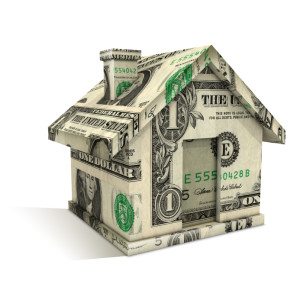Whichever way you look at it, the real estate market is finishing strong as we wrap up 2013!
According to a recent Bloomberg report, several market indicators are showing growth and gains, which is great news for home buyers and home sellers alike!
Today, we’re going to share with you some of the highlights of this recent report. Happy holidays everyone!
US Home Sales
According to the Bloomberg article, purchases of new U.S. homes rebounded during the month of October from the lowest level it’s been in more than a year.
Specifically, home sales of these new homes jumped 25.4 percent to a 444,000 annualized rate. This was only a month after that figure was down to 354,0000, which was the weakest it’s been since April 2012.
Experts say that this signals that home buyers are beginning to adjust to higher mortgage rates.
Aiding this increase in home sales is the fact that there have been employment gains across the board, as well as stock price increases.
Here’s what else the report revealed about national housing market activity:
- Home purchases decreased 6.6 percent in September from a 379,000 annualized pace in August.
- The median home sales price showed a year-over-year decrease of 0.6 percent to $245,800 in October.
- Home purchases rebounded in all four U.S. regions during the month of October
- The biggest increase in home purchases was in the Midwest with a 34 percent increase.
- The supply of homes decreased from 6.4 months to 4.9 months during the month of September
- There were 183,000 new houses on the market by the end of October, which is down from 190,000 during the previous month.
- New construction accounted for about 7 percent of the residential market in 2012.
- Meanwhile, applications for building permits increased by 6.2 percent to a 1.03 million annualized rate, which is the most it’s been since June 2008.
- That’s compared to a September pace of 974,000
- There were 2.13 million previously owned homes for sale by the end of October, which is down from 2.17 million during the month of September.
National Real Estate News at Your Fingertips
As you can see, our national real estate market is becoming more active as residents everywhere become increasingly optimistic about the state of the housing market.
This bodes well for 2014 predictions for the national housing market!
Check back on January 1 as we continue to discuss real estate market activity that affects you!


